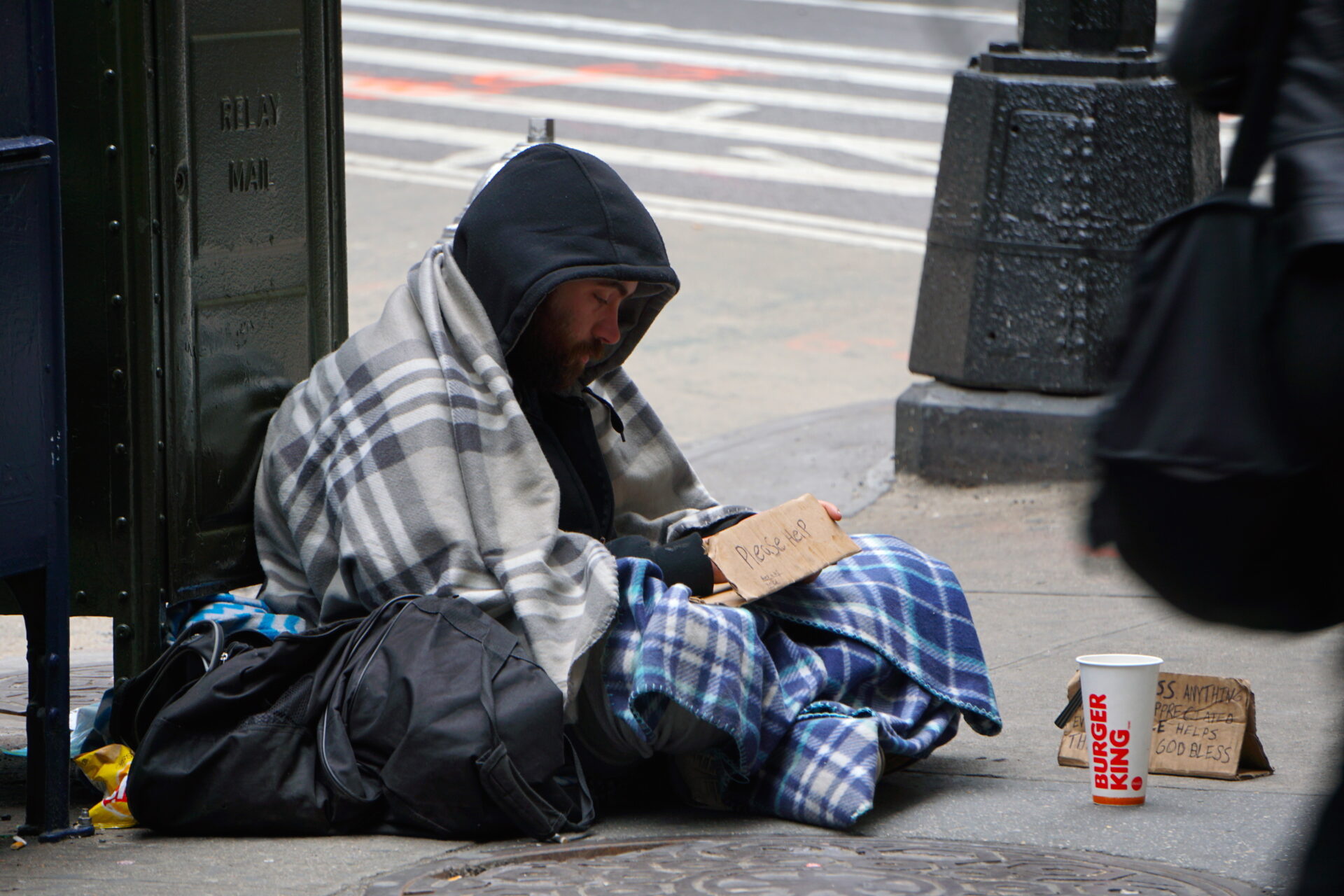
Was Homelessness DOWN in DC Or GROWING?
A recent White House statement characterized homelessness in Washington, D.C. as worsening, but available data from the city’s 2025 point‑in‑time count suggests otherwise, showing a significant decline in unhoused individuals.
At a Glance
- In 2025, the point‑in‑time count in Washington, D.C. found 5,138 unhoused people, down 9 percent from 5,616 in 2024.
- This marked a 19 percent decrease from 6,380 individuals recorded in 2020.
- Despite ongoing encampment displacements, reductions are attributed to expansions in shelter capacity, case management, and voucher‑based housing support.
- The White House has pushed a policy narrative of an escalating homelessness and crime crisis, though local figures indicate progress.
- Advocates caution that encampment sweeps may temporarily distract from homelessness without addressing root causes.
Context and Trends
Washington, D.C.’s 2025 point‑in‑time count, conducted annually, recorded 5,138 homeless individuals—a 9 percent decrease from 5,616 in 2024 and down 19 percent from 2020 figures of 6,380. This decline is credited to renewed investments and policy actions such as expanded shelter space, new adult‑focused shelters, intensive case management, and increased use of housing vouchers.
Watch now: Trump’s D.C. takeover escalates with surge in arrests and homeless encampments cleared · YouTube
However, the White House messaging described homelessness in D.C. as growing and part of a broader urban crisis. That claim does not align with the data showing a downward trend in unhoused populations.
Advocates emphasize that while numerical reductions are encouraging, the focus must remain on sustainable, long‑term solutions. Encampment clearings, though part of broader efforts, can disrupt trust between service providers and unhoused individuals and hinder access to stable housing.
Implications and Next Steps
The divergence between the White House’s narrative and local homelessness data raises questions about policy framing and intent. With a proven reduction in homelessness within the district, policymakers and advocates alike urge continued investment in housing affordability, voucher programs, and tailored support services.
Encampment sweeps, if not coupled with shelter and housing capacity building, may present temporary aesthetic improvements without resolving the underlying inequality and housing instability at the core of homelessness.
Sources
Associated Press
The Washington Post
The Guardian


